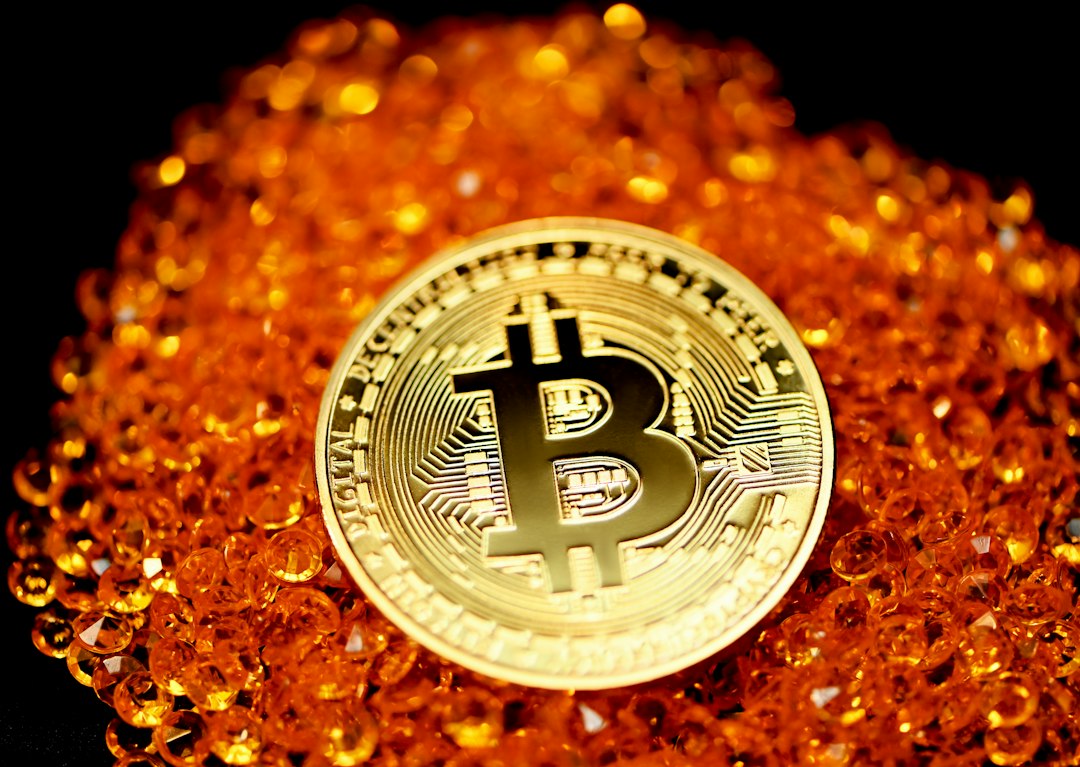Understanding Inflation with Traditional Solutions
Inflation occurs when there is an excess supply of money in an economy compared to the growth of goods and services, leading to rising prices and a decrease in the purchasing power of a currency. To combat inflation, governments and central banks use tools like adjusting interest rates, open market operations, altering reserve requirements, increasing taxes, or reducing government spending.
Bitcoin’s Anti-Inflation Properties
Bitcoin offers unique properties that position it as a potential hedge against inflation. Its fixed supply of 21 million coins makes it deflationary compared to fiat currencies that can be printed in unlimited quantities by governments. Bitcoin also operates on a transparent and predictable monetary policy with halving events every four years, which prevents sudden increases in supply that could trigger inflationary pressures. Additionally, its borderless nature allows individuals to diversify their wealth during times of economic instability. Bitcoin’s ability to hold value over time makes it a compelling store of wealth.
Comparison with Fiat Currencies
When comparing Bitcoin to fiat currencies in the fight against inflation, several key points emerge. Fiat currencies are controlled by central banks and governments, which can increase the money supply and lead to inflation. In contrast, Bitcoin’s supply is governed by a predetermined algorithm, ensuring a fixed supply and preventing manipulation. History has shown that fiat currencies can succumb to hyperinflation, while Bitcoin’s limited supply and growing adoption suggest it could act as a hedge against inflation over the long term. Bitcoin is also accessible globally, unlike fiat currencies that depend on jurisdiction and stability. Trust in fiat currencies relies on institutions, while trust in Bitcoin is placed in its decentralized network and cryptographic security.
Conclusion
Inflation remains a concern for economies worldwide, and while traditional measures have been used to combat it, Bitcoin offers a unique alternative. With its fixed supply, transparency, borderless nature, and potential as a store of value, Bitcoin has emerged as a compelling hedge against inflation. However, it’s important to note that Bitcoin comes with its own risks, including price volatility and regulatory uncertainty. Investors should approach Bitcoin with caution and consider it as part of a diversified portfolio. In the ongoing debate between fiat currencies and Bitcoin, the digital currency’s anti-inflation properties cannot be ignored. It provides individuals with an alternative means of preserving their financial security in an uncertain economic landscape.
Hot Take: Bitcoin’s Potential as an Inflation Hedge
Bitcoin has gained attention as a potential hedge against inflation due to its unique properties such as its fixed supply, transparency, borderless nature, and store of value potential. While it may not replace traditional currencies entirely, Bitcoin offers individuals an alternative means of preserving their wealth in the face of inflationary pressures. However, investors should be aware of the risks associated with Bitcoin, such as price volatility and regulatory uncertainty. It’s crucial to approach Bitcoin with caution and consider it as part of a diversified investment strategy. As economies continue to grapple with inflation, Bitcoin’s role as an inflation hedge is worth considering for those seeking financial security in an uncertain economic landscape.





 By
By
 By
By
 By
By

 By
By
 By
By